What natives are you growing in 2019?
Jay 6a Chicago
5 years ago
Featured Answer
Comments (596)
Jay 6a Chicago
5 years agolast modified: 5 years agoRelated Discussions
What native trees are you growing?
Comments (23)Here's a link to my favorite Florida nusery for natives: http://www.mailordernatives.com/servlet/StoreFront I cultivate Ilex opacas, vomitoria, vomitoria pendula, decidua (yellow berry;) oaks: live, overcap, white, turkey, bluff,and post; magnolias: virginia, macrophylla ssp. ashei,pyramidata, and grandiflora; Torreya taxifolia; native persimmon; cypress; cornus florida ('Gulf Coast' and 'Welch's Junior Miss' (both red flowered;) Chionanthus virginicus ;Sassafras Pines: longleaf, slash, sand, spruce; Maples: red, florida sugar; red and white buckeyes; shag and pignut hickories. There are others that escape my memory at the moment. Love natives that feed wildlife. Ilex opacas feed lots of buzzing bees in early spring; the buckeyes feed the hummingbird; oaks and hickories feed the three squirrels (grey, flying, and fox.)...See MoreWhat's flowering for you December 2018 - January 2019
Comments (92)A sole pink TC bloom I've been waiting and waiting for this echeveria to bloom for a few weeks, apparently it's making a larger bloom stalk... Ohh alright... I'll be patient. ;-) Steve, wow! Nice work on those sweet potatoes! One of my favorite vegetables. I love its foliage too. Mike also, check this video out, ha I could do something like this but with a non toxic plant (because of the cats) lol (can skip along to 2:30 to see the foliage) https://www.youtube.com/watch?v=LUp2-DqEfOE Mike, what a mesmerizing sunrise and the landscape, wow!!! Great pic love it. ❤ Mother jade so pretty too wearing her flowers. Shavedmonkey, those orchids are really beautiful! What is the scent? (if there is one) Dave, I adore your Orchid! Gorgeous! Nancy, I LOVE your plumeria, I am envious! KC, Ohh my, ohh my, that Jade!!!!!! ❤ -Nancy...See MoreJanuary 2019, Week 2, Making Grow Lists & Checking Them Twice
Comments (69)Rebecca, I am happy your drought is gone too, but sorry this dreary weather contributes to your aches and pains. I am hoping for warmer, drier weather for all of us, but not sure when we are going to get it. January always seems like the dreariest month to me. Stock will grow here, but it is pretty picky, and I have better results from it when I plant it in October or November which is the same time here in my area that you can plant pansies, flowering kale, flowering cabbage, dianthus, and snapdragons. Stock is not only a cool-season plant, but it is a bit pickier about the cool weather than some other cool-season plants seem to be. For example, dianthus goes in and out of bloom cycles here pretty much year-round, whether the temperatures are high are low. Stock doesn't do that. Stock blooms when the weather is cool, period. I believe it has to have temperatures in the 60s in order to set flowers and bloom. Once your temperatures are hotter, then it is pretty much done. If you can find some transplants in flower or ready to flower and plant them in early Spring, you can get a few weeks to a few months of bloom from it if the weather cooperates. I like stock but don't plant it often in Spring as we get too hot too early down here most years. It also tolerates cold less well than the other plants I mentioned above, so may need to be covered up in the winter and early spring on nights going very far below 32 degrees. It will tolerate some light frosts but not real heavy ones. Lupines? I haven't tried the ones that grow in northern parts of the country as I don't think they'd do well in our hot summers but I grow the kind of lupines that God gave us....Lupinus texensis, aka Texas bluebonnets. They either are perennial here or reseed in our clay, and some years we get big stands of them and other years we have smaller stands. Our clay really is too dense for them here at our house and I knew that when I planted them, but I figured that maybe if I was foolish enough to sow the seeds and plant them here, then maybe they would be foolish enough to grow and bloom at least a little bit....and they do. I also have grown the red-flowered variety of Lupinus texensis called Alamo Fire and it does pretty well here. In our area, all kinds of Texas bluebonnets do better from seed sown in the fall than in the spring. The bluebonnet seeds have a hard shell and sprout sporadically over a period of a couple of years. I do see fairly large (maybe one gallon, maybe two gallon) pots of Russell hybrid type lupines in stores each spring. They have them around the same time they have delphiniums in bloom in large pots, so maybe in April. To me, these are the kinds of things you buy, bring home and plant for instant impact, and you do so knowing they are likely to be relatively short-lived in our heat. If you don't expect them to thrive and flourish in our heat and can be content just to enjoy them while they last, I don't see anything wrong with buying them and planting them. I suppose they could be a big disappointment if a person bought them thinking they would bloom all summer. Yet, you never know---what if we had a cooler than average summer and they did bloom and survive? Cool summers aren't common here, but we had one in 2015. Nancy, I've grown Drummond's Phlox here and it did okay, but not well enough that I continued growing it. Drummond's Phlox is one of the smaller varieties and it needs well-drained sandy soil (which I really cannot give it). As for the taller garden type phlox, there's a handful of heirloom types that thrive here---we had someone in our neighborhood in Ft Worth whose home was just surrounded by the old magenta-flowering one grown back in the 1960s and prior. I don't know the name of it. There's a few of the taller garden phlox, like the variety "David", bred to be mildew-tolerant, but I haven't grown any of those. Jennifer, We have a fenced chicken run. We always have had one. I wouldn't have a chicken coop without one. I believe our run with the only coop now in use (we have four coops, and each has a fully enclosed chicken run) is 10' x 20' and it is fully covered in sturdy fencing, including a fence type roof. The chickens are fine when they are in it, but they hate being confined because they are used to free-ranging. I think that if they never were allowed to free-range, they wouldn't know what they were missing and they'd be content to be in the chicken run. We have lost more chickens to predators in the last 5 years than we did in the first 15 years, and I'm just done with that. If we buy more chickens, they are not going to be allowed to free range because it really is just setting them up to eventually become some predator's meal. Our predator problem probably is 20 times worse now than it was when we moved here. As land a few miles from us continues to develop, the wildlife gets pushed upriver to us. We have to change how we manage our chickens, or there's no point in having them any more. Tim is gone from home roughly 14 hours a day on work days, so he barely sees the chickens except on weekends and he is out of touch with our current reality with regards to the predator issues. I wish we were in a nice, quiet semi-rural neighborhood where chickens can free range and be relatively safe within their own yard, but we live in a wildlife jungle. It would help if I could convince him to fence our entire yard, but he hates fences with a passion. I don't know how to have chickens any more without an 8' tall fence around the whole yard. Dawn...See MoreNew Natives 2019
Comments (401)I can blow up pictures now. Maybe it only works when I enter the thread via email. Asclepiadoideae, Apocynaceae.Cynanchum laeve. Asclepiadoideae, Apocynaceae. Leptadenia species. Asclepiadoideae, Apocynaceae. Gomphocarpus cancellatus. Asclepiadoideae, Apocynaceae. Asclepias cryptoceras. Asclepiadoideae, Apocynaceae. Matelea reticulata. Asclepiadoideae, Apocynaceae. Pseudolithos species. Asclepiadoideae, Apocynaceae. Ceropegia species. Asclepiadoideae, Apocynaceae. Hoodia species. Asclepiadoideae, Apocynaceae. Hoya species. Asclepiadoideae, Apocynaceae. Tabernaemonana panacaqui. Apocynaceae....See MoreJay 6a Chicago
5 years agolast modified: 5 years agoJay 6a Chicago
5 years agolast modified: 5 years agoJay 6a Chicago
5 years agolast modified: 5 years agoJay 6a Chicago
5 years agolast modified: 5 years agoJay 6a Chicago
5 years agoJay 6a Chicago
5 years agolast modified: 5 years agoJay 6a Chicago
5 years agoJay 6a Chicago
5 years agoIris S (SC, Zone 7b)
5 years agoJay 6a Chicago
5 years agolast modified: 5 years agoJay 6a Chicago
5 years agolast modified: 5 years agoJay 6a Chicago
5 years agolast modified: 5 years agoJay 6a Chicago
5 years agolast modified: 5 years agoJay 6a Chicago
5 years agolast modified: 5 years agoJay 6a Chicago
5 years agolast modified: 5 years agoJay 6a Chicago
5 years agolast modified: 5 years agoJay 6a Chicago
5 years agolast modified: 5 years agoJay 6a Chicago
5 years agolast modified: 5 years agoJay 6a Chicago
5 years agolast modified: 5 years agoJay 6a Chicago
5 years agolast modified: 5 years agoJay 6a Chicago
5 years agolast modified: 5 years agoSkip1909
5 years agolast modified: 5 years agoJay 6a Chicago
5 years agolast modified: 5 years agoJay 6a Chicago
5 years agoJay 6a Chicago
5 years agolast modified: 5 years agoJay 6a Chicago
5 years agolast modified: 5 years agoJay 6a Chicago
5 years agolast modified: 5 years agoJay 6a Chicago
5 years agolast modified: 5 years agoJay 6a Chicago
5 years agoJay 6a Chicago
5 years agolast modified: 5 years agoJay 6a Chicago
5 years agoJay 6a Chicago
5 years agolast modified: 5 years ago
Related Stories
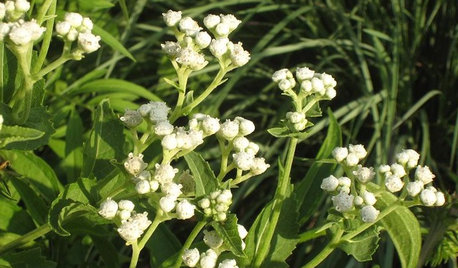
NATIVE PLANTSGreat Native Plant: Grow Wild Quinine for Its Unique Clusters of Blooms
Get connoisseur cred and unique blooms with this uncommon plant. Bonus assets: It’s low maintenance and drought tolerant
Full Story
GARDENING GUIDES15 Native Flowers That Feed Native Bees
These perennials offer superfood to hundreds of bees and are gorgeous in their own right
Full Story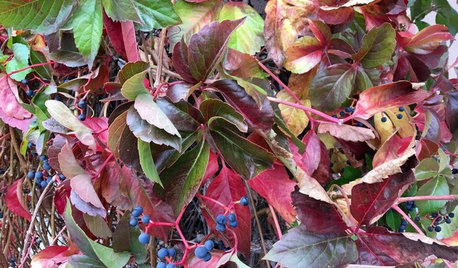
FLOWERS AND PLANTSGrow a Brilliant Seasonal Screen and Feed the Birds With Woodbine
Plant this fast-growing vine to green up a blank spot, add fall color and offer berries for birds
Full Story
GARDENING GUIDESGreat Design Plant: Grow Blueberries for Their Fruit and More
Eastern gardeners should consider growing blueberry plants for their delicious fruits, bee-friendly spring blooms and brilliant fall foliage
Full Story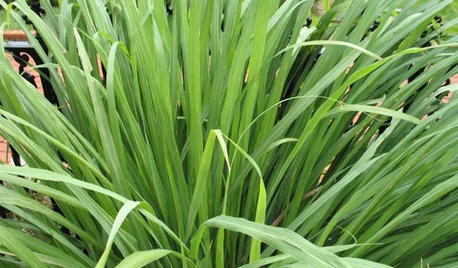
HERBSHerb Garden Essentials: Grow Your Own Zesty Lemongrass
Add lemony goodness to cooking and tropical flavor to your yard with this grass-like herb native to Southeast Asia
Full Story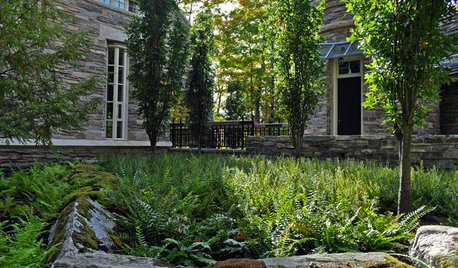
FLOWERS AND PLANTS8 Essential Native Ground Cover Plants for the Southeast
These low-growing ferns, shrubs and palms blanket the ground to help with erosion and soil moisture
Full Story0
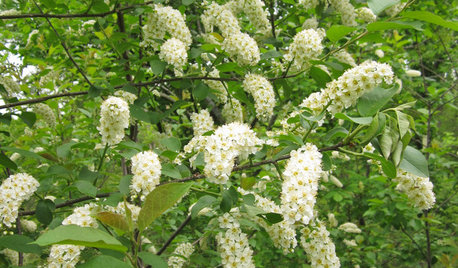
TREESNative Plant Alternatives to Invasive Common Buckthorn
Learn how to identify and control this aggressive plant, and what to grow in its place
Full Story
SUMMER FRUITS AND VEGETABLESSummer Crops: How to Grow Tomatillos
Grow this Mexican native for the freshest salsa verde — and for fewer problems than its tomato cousins
Full Story0
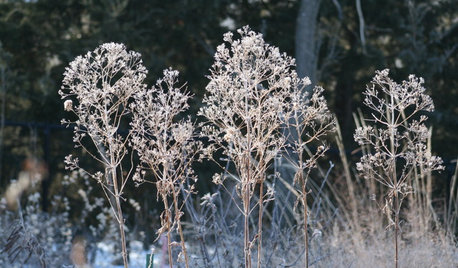
WINTER GARDENING10 Native Wildflowers to Beautify Your Winter Garden
They stand strong in wind, feed wildlife and are easy to grow. But you may want to add these plants for their looks alone
Full Story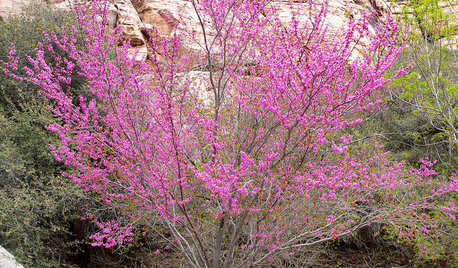
GARDENING GUIDES10 Top Native Plants for Northern California Gardens
Enjoy a fuss-free, water-wise garden by growing plants naturally in tune with the climate and wildlife of Northern California
Full StorySponsored






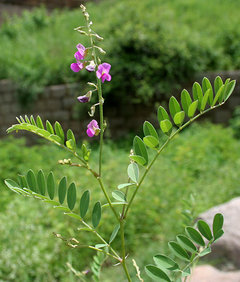
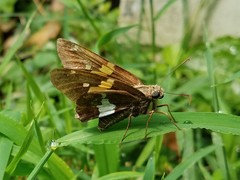

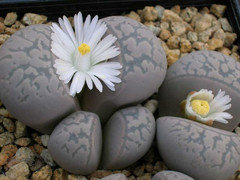
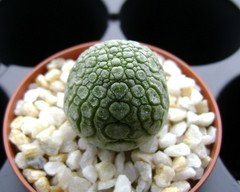




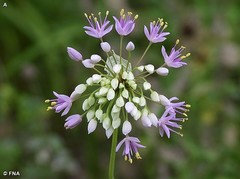

















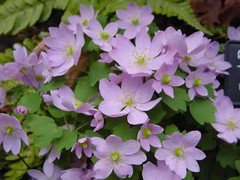


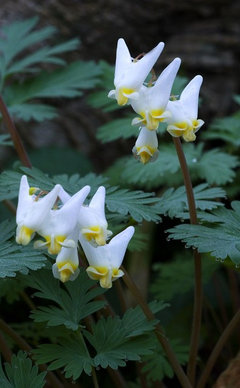

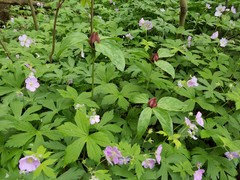


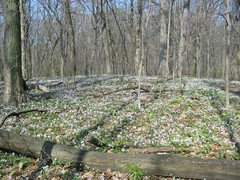


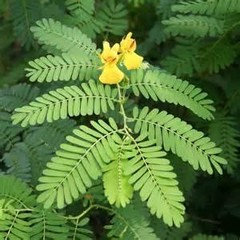

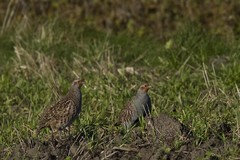
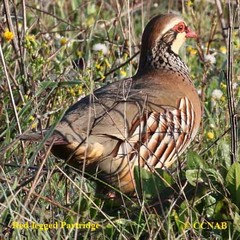
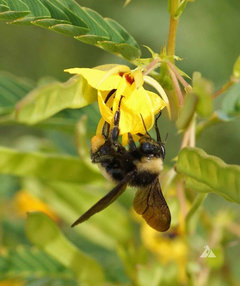
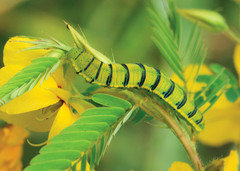






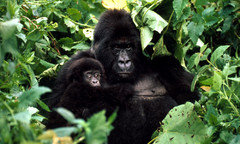





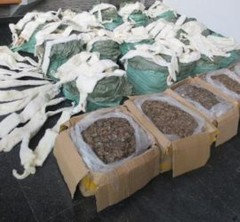



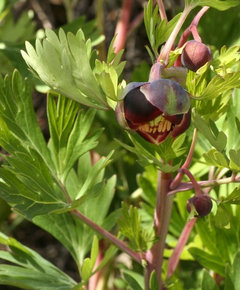

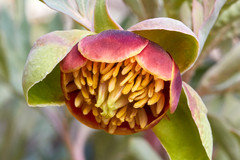
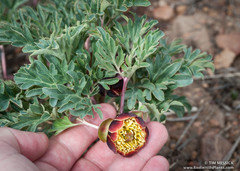




dbarron